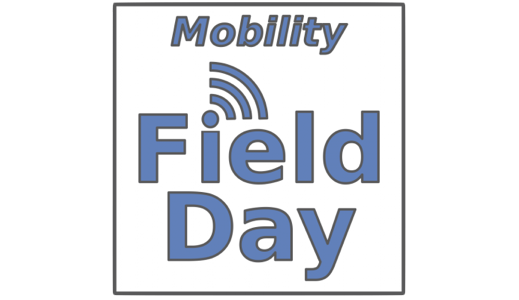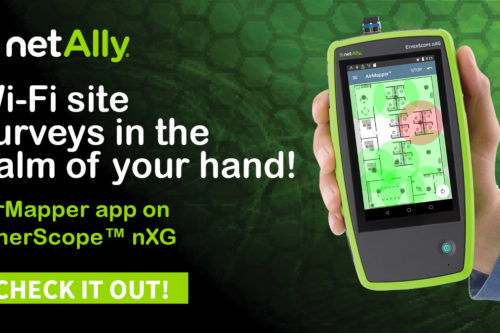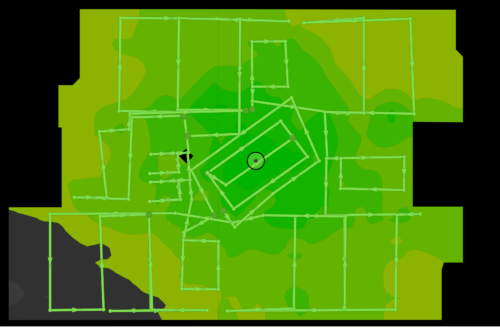Mobility Field Day 1 is just 1 week away so I thought I would take a moment to discuss what’s in a name? While this is the first Mobility event it isn’t the first Wireless related Tech Field Day event. We had 8 prior Wireless Field Day events over the past couple of years that have brought us some great insight into vendors such as Aruba, AirTight (now Mojo), Cisco, Ruckus, Motorola (now Zebra), and so on. But these vendors and the title of the event only captured a very small portion of the market area that we, as mobility architects now, are apart of. Let’s take a look at how Mobility Field Day is defined on TechFieldDay.com
As we expand our connected world wireless is no longer limited to a simple access point and client device. Our connected world today encompasses the traditional laptop but has grown to include mobile handheld devices allowing for customer engagement with bluetooth beacons and utilizing wireless networks for analytic research on traffic patterns. With the expansion of Internet of Things (IoT) using smart embedded systems the wireless infrastructure is emerging as the mission critical backbone providing flexibility in placing sensors in data centers, refineries, malls, and other venues.
Mobility Field Day reflects this evolution, encompassing wireless infrastructure and client devices as well as engagement solutions like MDM, BLE, and analytics.
This looks familiar (as it should, I wrote it!) to a lot of the statements that I have been making lately. We no longer are just wireless or RF engineers, we are expected to do a lot more in our day to day jobs. As an example we are the ones that end up talking to marketing/operations folks regarding customer engagement using captive portals or Bluetooth Low Energy (BLE) beacons. These discussions typically are not around the frequency that a BLE beacon operates at or what is needed for a captive portal setup to work they are more focused around how they are used to engage with a person in a store for example or someone at an arena. Our roles require us to know API’s now and have a basic understanding of programming to interact with those API’s for analytic data and testing blue dot navigation inside of apps. We are the ones that are expected to understand the impact of Internet of Things (IoT) and provide scaling for thousands of connected devices that people designing wired networks simply don’t need to worry about in the same square footage.
Our hope with switching the name to Mobility Field Day is that we can capture more vendors that are operating on top of the wireless networks instead of just those running the wireless networks. We want to capture the companies building sensors, the ones providing mobile device management, access control, and proprietary backhaul services. I’m also hoping that we can also get involved with chipset manufactures like Intel, Broadcom, Atheros, and handset manufactures like Sonim, Google, and Apple. These are all vendors that are important to the ever changing landscape we call mobility. There is no slowing down in the Mobility space and we will only continue to see expanded use cases for the wireless networks that we build.



